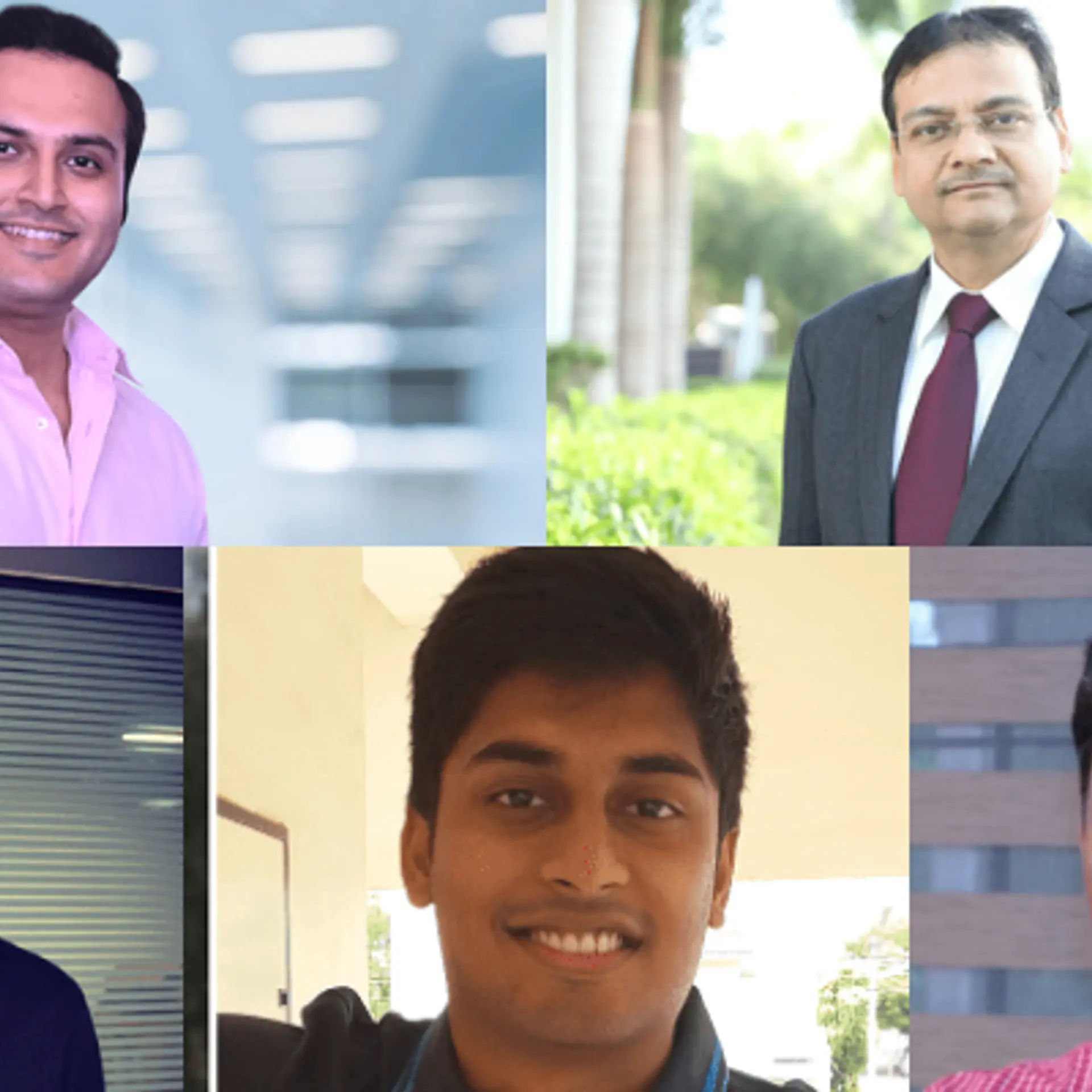How a Mumbai-based CA and investment banker raised $250 million for their clients in 4 years
Chirag Jain and Mihir Mehta have worked together under Ashika Group’s business divisions to raise the money for clients in the real estate, BFSI, and consumer sectors. Here’s how they did it.
Chirag Jain grew up listening to his family talk about financial services. His father had started Ashika Group, a diversified financial services business. According to Chirag, the Kolkata-based company had grown into one of India’s largest financial services entities by the late nineties.
Once Chirag became a CA, he joined the family business and wanted to start something new in the realm of financial services.
“However, I saw an opportunity for a middle ground. What if I could work within the larger scheme of the family business, but start a new initiative, get new clients, and introduce new ways of working?” shares the 29-year-old Mumbai-based entrepreneur.
And, Chirag already had an idea in mind. He wanted to help stagnant businesses grow and flourish by assisting them in raising capital and fulfilling their business objectives.
“I believed in understanding the story of every brand or company so I could bring value in terms of money, growth, as well as ethics,” he says.
Chirag was only about 23 years old when he joined the family business in 2012. He launched investment banking vertical Ashika Capital Limited under parent company Ashika Group, keen on capitalising on the existing brand name and leveraging its expertise.
The other business domains under the group today include corporate lending, stock broking, wealth advisory, and asset management.
In the last four years, Chirag, who is currently the CEO of Ashika Capital Limited, and Mihir Mehta, Senior Vice President of Investment Banking, Ashika Group, have worked together to raise approximately $250 million in equity and debt for their clients.

Chirag Jain, CEO, Ashika Capital (left) and Mihir Mehta, Senior Vice President - Investment Banking, Ashika Group (right)
These clients are companies in sectors such as real estate, BFSI, consumer, etc. In their journey from a two-member team to a 22-strong one, both Chirag and Mihir believe that financial capital has played a key role. Terming it a catalyst for disruption, they say it can propel innovation with the potential to foster evolution.
The bootstrapped company is now targeting raising $150 million for its clients in the next one year.
In an exclusive interaction with SMBStory, Chirag and Mihir explain how the company functions and helps businesses raise capital.
Here are the edited excerpts:
SMBStory: What were the early years like for Ashika Group?
Chirag Jain [CJ]: The company was started 25 years ago by my father as a merchant banking business. The idea was to build a strong merchant banking platform in India by becoming capital-efficient and helping companies raise capital. By 1996, we had become one of India’s largest merchant bankers. At the time, we had more than 51 public issues.
However, SEBI changed some regulations that allowed only category 1 type merchant bankers to participate in business. As we didn’t fall into this category, we shut the entire merchant banking division and pivoted to financial services including lending.
SMBS: How does Ashika Capital Limited work with businesses that need help raising capital?
CJ: It all came down to having personal experience in raising capital. I saw that almost every business in India, except new ones, were family businesses. Or, they were small teams. We started to understand their pain points related to finances, deployment or allocation of capital, and other requirements.
We dove deep and asked why companies wanted to raise capital. Even now, we help them realise what they really require versus what they think they require. We are upfront about it.
One such disruptor we are working with is ClearDekho, which is aiming to upend the spectacles industry by introducing products for as low as Rs. 500. Our other deals include lifestyle luxury brand House of Masaba, food chain Sweetish House Mafia, and Vipul Limited in real estate, to name a few.
SMBS: What do businesses need to know about raising capital?
Mihir Mehta [MM]: For any SME with ambition, there are two critical parameters: growth and sustainability (and not just in operations). For growth of any business, the building block is financial capital, and then comes human capital, intellectual capital, etc. Our first thought process is about how to advise them in a hands-on way, and not only act as external advisors but get our hands dirty and bring growth-led strategies to the fore.
In terms of sustainability, we work with companies across the spectrum. Small enterprise founders are absorbed in the business. Having a larger board enables sustainability as more aspects come into focus.
SMBS: What are the main pain points for businesses?
MM: It’s important to note the differences in sizes of companies and the amount of bandwidth involved. For smaller companies, there is generally a constraint in bandwidth in operational and management terms. It is a pain point because, in the growth stage, they need sufficient operational and management bandwidth. Smaller companies need more effort and assistance from us.
Larger clients know better about using capital efficiently. They have gone through learning and unlearning, and this has made them more efficient. They understand what channels to deploy capital in. But, even some large companies have grown rapidly with no sustainability. The buck stops at building a sustainable business, and capital raising is just an enabler.
SMBS: Who is your target audience?
MM: When we started, we were sector-agnostic, and worked with healthcare and consumer companies. In equity fund raising, now, 65 to 70 percent of them are companies in the consumer sector and some of them are in F&B (including QSRs and cloud kitchens) and fashion. We are targeting disruptive companies.
CJ: Companies looking to raise debt funding and different from the ones that want to raise capital against equity are our targets. Debt funding requires a different kind of understanding. Our area of expertise is equity. On the debt side, we have overlapping sectors like healthcare, BFSI, real estate, etc.
SMBS: In the last few years of operations, what are the toughest moments the company faced?
CJ and MM: We are young and, when we advise a company, it is sometimes a challenge dealing with older entrepreneurs. Getting the right kind of talent on board is also a challenge. What was just merchant bankers earlier has now transformed into an array of financial services. We transformed the business to more specialised services, but it is still tricky to change our DNA, which is rooted in merchant banking.
Developing a competence in the sector is tough. But, this lends an advantage: we don’t need to worry about competition because it will fade away if we can develop competence and go all out.
SMBS: What are the future plans for Ashika Capital, and, compared to the journey of the group, how does the landscape look for it?
CJ: In line with our legacy, philosophy, and the structure of the group, Ashika Capital’s goal is to become a top and prominent investment banking company. On the equity side, we want to be strong and consolidate our existing expertise. We want to increase the transaction sizes and add more clients. On the debt side, we want to focus on real estate and BFSI.
For our valuations services, we are building a team, but we want to make it stronger and build a niche in the valuation segment. In merchant banking, we want to help listed companies raise capital through institutional investors. We also want to do Rs 200 crore to Rs 300 crore worth transactions on this front.
(Edited by Athirupa Geetha Manichandar)









